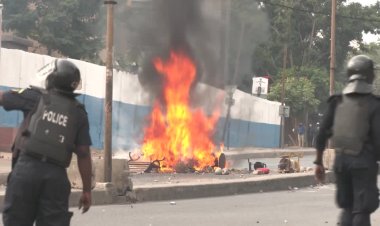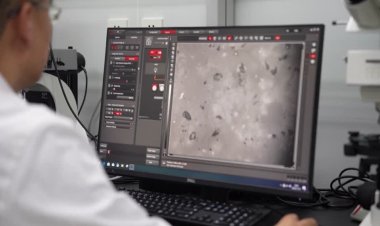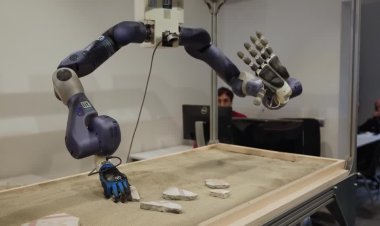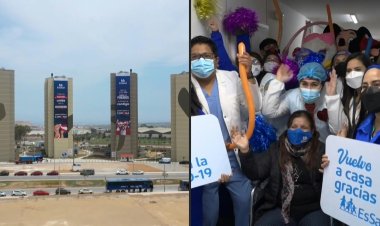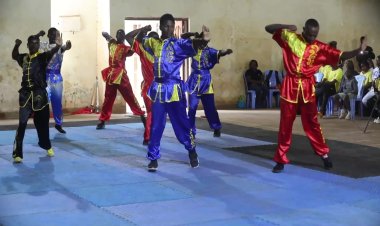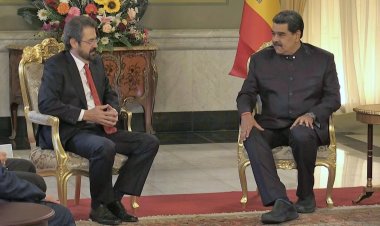Indigenous Leader Killed Amid Cocaine Surge
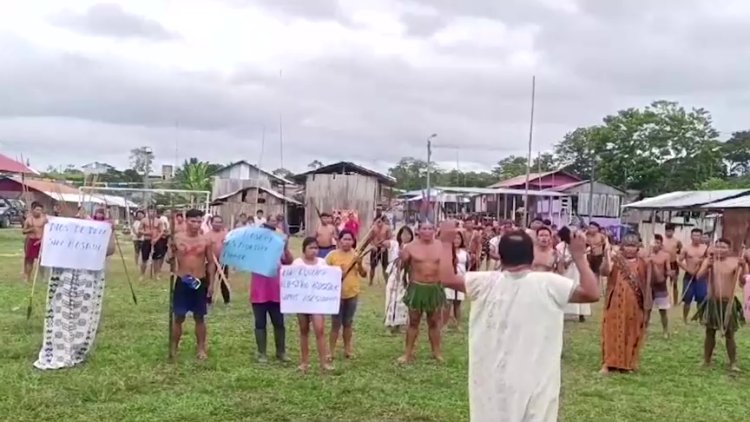
Drug traffickers growing coca are increasing their hold over the jungles of the Peruvian Amazon, an Indigenous group is warning, with its leader found dead earlier this week after allegedly receiving threats from criminals.
The body of the Indigenous Kakataibo group's leader, Mariano Isacama, washed up on the banks of a river in the central Aguaytia region, three weeks after he went missing, according to the Kakataibo. He had been shot.
His disappearance kicked off an investigation by authorities, though the Kakataibo are now warning that they may choose to take justice into their own hands.
"We're suffering from the encroachment of drug trafficking into our ancestral territories and around our reserves," said a Kakataibo member, Marcelo Odicio, in a news conference.
Isacama, 35, had received nearly constant threats from drug traffickers operating in the area, according to Odicio.
Criminals will offer money to Indigenous groups, who often live off subsistence farming and forestry, in exchange for letting narcos operate in their territories, Odicio said.
When their offers are rejected, "the threats begin", he added.
In the past four years, six Kakataibo heads have been killed and nearly three dozen Indigenous leaders in the region have died in the past decade, Odicio estimated.
He called for authorities to expel the "outsiders."
Coca is legal to grow in Peru, and can be chewed for energy or brewed into a tea to treat altitude sickness. However, some 90% of Peru's coca leaf crop goes to producing cocaine, according to police and analyst estimates.
The coca crop's spread through the Aguaytia region inched up some 3% last year, despite the coca leaf covering less area nationwide. Peru is a top coca and cocaine producer alongside Colombia, and its less-populous regions, such as Indigenous territories or the Amazonian nature reserves, have become attractive to drug traffickers.





